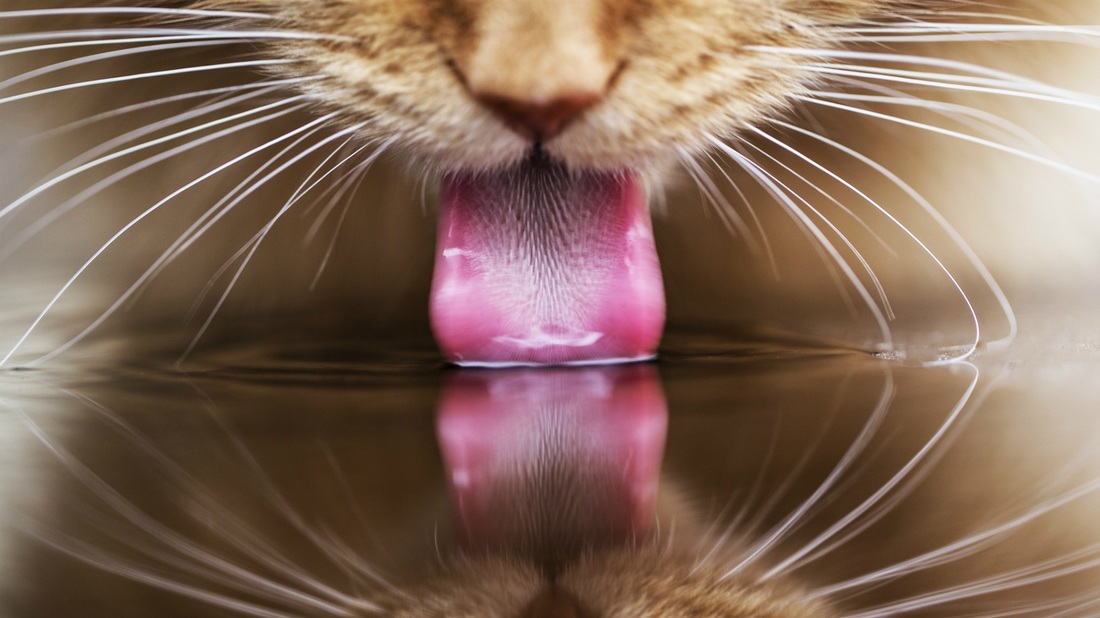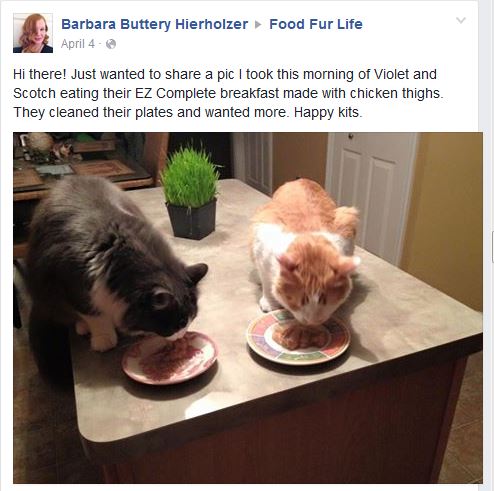|
The need for cats to consume plenty of water cannot be emphasized enough. Marginal chronic dehydration over a lifetime
It is well known that our pet cats were originally desert animals. They rarely drank water and historically ate a fresh food diet of prey that had a 70% – 80% moisture content. Our cats did not evolve a “thirst drive” similar to that in humans or dogs. Yes, many cats drink water. But does your cat drink enough water? Even cats eating a wet-food only diet can need up to double the amount of water they consume in their food for ideal hydration! Cats need 8 to 27 *tablespoons* of water (or more) a day for an ideal rate of hydration (depending on environment, health status, and activity level). A typical serving of kibble for an average adult cat provides just one-half tablespoon of water. Canned or homemade with a moisture content of 77% provides 6 to 9 tablespoons of water (based on average consumption by most cats). To see just how much water your cats need to drink, please see our article, Water – An Essential Nutrient for our Cats’ Health. For tips on increasing the amount of water your cat drinks, read on! 15 Tips to Increase Water Intake
Please note: the contaminants in your tap water may surprise you. For more information, please see "Clean Water" by Lisa Provost at IBDkitties. This blog post has been added to the growing collection of educational articles provided by Food Fur Life, LLC. 15 Tips to Increase Your Cat's Water Intake
0 Comments
Your comment will be posted after it is approved.
Leave a Reply. |
Archives
August 2021
Categories
All

|



 RSS Feed
RSS Feed